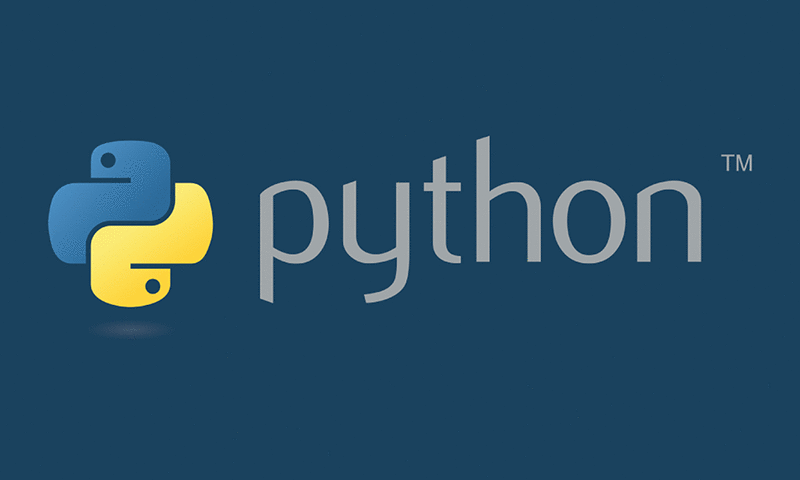A.I. development has been exponentially growing while literally breathtaking us with successive achievements that seem to be out of some fantasy. In 2017 alone, Google Deepmind’s AlphaZero, the successor of AlphaGo, managed to outperform AlphaGo, learn chess in 4 hours and demolish the world’s strongest chess engine, Stockfish. On the same year, OpenAI’s bot managed to humiliate top World champions at DotA at the International event. 2018 started out with Alibaba’s language processing AI already beating top stanford human’s level of reading and comprehension with even more promises for AI to come. It feels like it was just yesterday that AI started to make these leaps, but they brought us much far ahead. There are many AI languages and among them we discuss top languages.
If you want to catch the development wave, you need to get yourself well-suited in one of the languages used in artificial intelligence development, as not all programming languages are common in use. Here’s a list of the Top programming languages used in AI development.
Python

Python sits on the throne of the Top programming languages in AI. Since most of the time spent in AI development should not be dedicated to debugging and error finding. This is one of the things that gives Python an upper hand. A core of python is it’s simple efficient code writing. Implementing Algorithms in Python is really simple and Python is equipped with many libraries devised for AI and ML applications. Among which we mention: Pylearng, Pybrain, sickit and AIMA which implements the algorithms in the famous Russell and Norvig book.
Finally, Python is open source and very well documented so there’s plenty of materials to get you well started. If you’d like to check some Python ML code, you can try the simple MNIST classification yourself. Python is quite easy to learn, so even if you haven’t used Python before, having some programming foundations will get the gears running for you.
C++
When it comes down to speed and performance, C++ is definitely your guy. C++ is the most memory efficient and by a landslide, the fastest. In many neural networks applications, you’d be trying to optimize your program to make the best use out of the resources at hand. You’re basically trying to squeeze every ounce of processing power that you have, and it’s a low-level language like C++ that enables you to do that. However, learning C++ might be the hardest on this list, since the extreme flexibility is a trade off against code simplicity.
There are some great libraries and frameworks out there using C++ like Tensorflow, CNTK and Caffe, among others.
R
R is one of those languages that were developed for specific applications, specifically statistical studies, data visualization and analysis.. They’re much easier to deal with for scientists and engineers and R has grown over the years to become one of the Big Data and ML giants. Despite its rather strange syntax, it’s got a steep learning curve. R possess extensive command-line interfaces with the most famous IDE for the language being IDE. R is arguably superior to Python when it comes to matrix multiplication and related data structures such as vectors. The implementation is natural, robust and easy to use, some even say it’s even sharper than Python. R possess a centralized repository containing a huge amount of packages which are suitable for a vast amount of applications.
Java
Java is one of the most beloved languages of all time. It has got a huge community but its fame isn’t the only reason why it’s a common adaptation in AI. It’s easy to use and allows a simple yet large scale development. Its also easy to debug which is important because you don’t want to waste your time searching for code bugs. Java possesses an arsenal of kits that makes graphics and interfaces look quite appealing. Java give one huge bonus with its virtual machine, which allows its code to run seamlessly on multiple platform. There are many libraries and frameworks for AI and ML applications. Here’s one cool list you can check out.
LISP
One of the earliest languages used in AI applications since the 1980s. LISP is a high-level language equipped with a set of features that made it very suitable for developing and testing symbolic AI programs with a high level of command. Through the write notations, the language could also function as a low-level language and has got a garbage collector that can collect even useless pieces of code. The language is extremely flexible and powerful. And as an old member of the AI community, it possess great documentations too.
PROLOG
PROLOG is a language specialized in AI, more specifically, logic and symbolic computation. The language is composed of a small set of some very basic mechanisms that all together form a power and flexible framework. When it comes to structured objects and relationships, PROLOG’s true power manifests. As while it’s not as widely applied as LISP. It certainly has its own edges when it comes to logical programming.
C#
Microsoft is currently trying to push C# beyond the limits of our expectations by making it cross-platform with all the essential features of today’s development. It’s only natural that in order to achieve that, there had to be some AI development in C# to bridge the gap. Microsoft actually offers some pre-trained models that you can directly use in your .Net applications. You can ,of course, build your own models. For instance, there is the Accord.Net framework that allows you to work in easier image and audio processing in C#. You can try the same MNIST program (which is the HelloWorld of ML) using C# this time here.
Summary
The list actually goes on. If we had to be inclusive, we’d have to mention Scala, Julian, Haskell, AIML and many others. Every language possess its own powers that you can leverage when needed. You’ll most likely have to tradeoff one feature for another, so you better be precise about your goal. If you just want to dive in the AI field, we recommend Python as a powerful yet easy to use companion. Though, if you possess knowledge in another language, then make it your benchmark.

